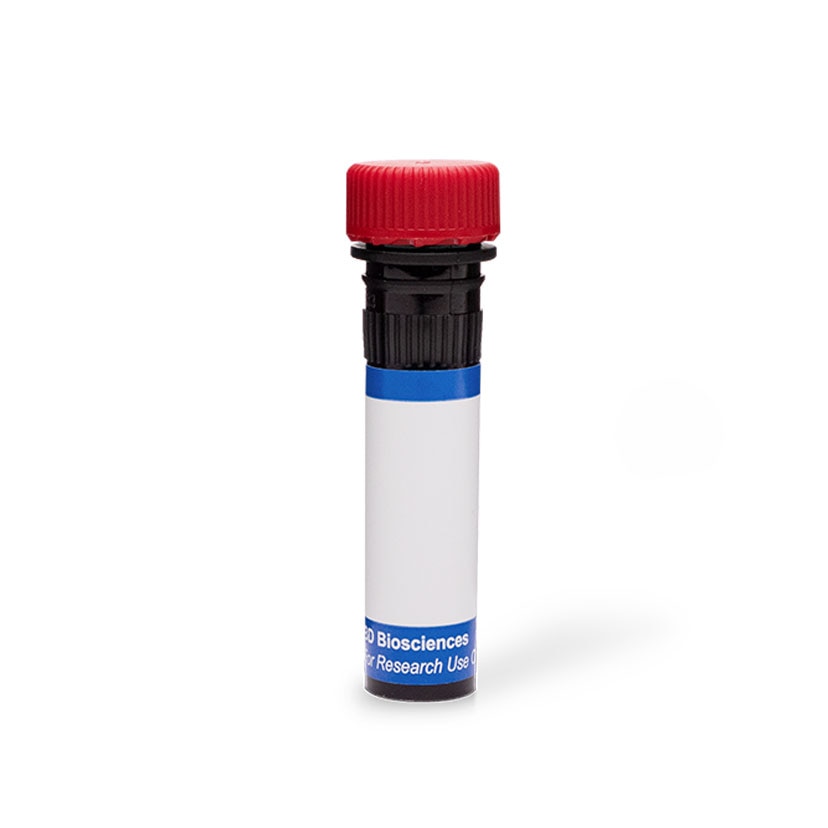-
Reagents
- Flow Cytometry Reagents
-
Western Blotting and Molecular Reagents
- Immunoassay Reagents
-
Single-Cell Multiomics Reagents
- BD® OMICS-Guard Sample Preservation Buffer
- BD® AbSeq Assay
- BD® Single-Cell Multiplexing Kit
- BD Rhapsody™ ATAC-Seq Assays
- BD Rhapsody™ Whole Transcriptome Analysis (WTA) Amplification Kit
- BD Rhapsody™ TCR/BCR Next Multiomic Assays
- BD Rhapsody™ Targeted mRNA Kits
- BD Rhapsody™ Accessory Kits
- BD® OMICS-One Protein Panels
-
Functional Assays
-
Microscopy and Imaging Reagents
-
Cell Preparation and Separation Reagents
-
- BD® OMICS-Guard Sample Preservation Buffer
- BD® AbSeq Assay
- BD® Single-Cell Multiplexing Kit
- BD Rhapsody™ ATAC-Seq Assays
- BD Rhapsody™ Whole Transcriptome Analysis (WTA) Amplification Kit
- BD Rhapsody™ TCR/BCR Next Multiomic Assays
- BD Rhapsody™ Targeted mRNA Kits
- BD Rhapsody™ Accessory Kits
- BD® OMICS-One Protein Panels
- Switzerland (English)
-
Change country/language
Old Browser
This page has been recently translated and is available in French now.
Looks like you're visiting us from United States.
Would you like to stay on the current country site or be switched to your country?
BD Pharmingen™ PE Mouse Anti-Human KIR2DL1/S1/S3/S5 (CD158)
Clone HP-MA4 (RUO)






ImageTitle~BD Pharmingen™ PE Mouse Anti-Human KIR2DL1/S1/S3/S5 (CD158)
Regulatory Status Legend
Any use of products other than the permitted use without the express written authorization of Becton, Dickinson and Company is strictly prohibited.
Preparation And Storage
Product Notices
- This reagent has been pre-diluted for use at the recommended Volume per Test. We typically use 1 × 10^6 cells in a 100-µl experimental sample (a test).
- An isotype control should be used at the same concentration as the antibody of interest.
- Source of all serum proteins is from USDA inspected abattoirs located in the United States.
- Caution: Sodium azide yields highly toxic hydrazoic acid under acidic conditions. Dilute azide compounds in running water before discarding to avoid accumulation of potentially explosive deposits in plumbing.
- For fluorochrome spectra and suitable instrument settings, please refer to our Multicolor Flow Cytometry web page at www.bdbiosciences.com/colors.
- Please refer to http://regdocs.bd.com to access safety data sheets (SDS).
- Please refer to www.bdbiosciences.com/us/s/resources for technical protocols.
Data Sheets
Companion Products






The HP-MA4 monoclonal antibody specifically recognizes several Killer Cell Immunoglobulin-like Receptors (KIRs) which are also known as CD158 molecules. HP-MA4 recognizes Killer cell immunoglobulin-like receptor 2DL1 (encoded by KIR2DL1; aka, CD158a and NKAT-1), Killer cell immunoglobulin-like receptor 2DS1 (KIR2DS1; CD158h), Killer cell immunoglobulin-like receptor 2DS3 (KIR2DS3; NKAT-7), and Killer cell immunoglobulin-like receptor 2DS5 (KIR2DS5; CD158g, NKAT-9) which are collectively known as KIR2DL1/S1/S3/S5 (CD158). These type I transmembrane glycoproteins are encoded by polymorphic genes and have 2 extracellular Ig-like domains (KIR2D, domains D1 and D2) followed by a transmembrane region and either long (L) or short (S) cytoplasmic domains. Various CD158 molecules are differentially expressed by CD56dim natural killer (NK) cells and some T cells and can regulate their cytotoxic effector functions. Although different KIR gene content varies amongst haplotypes for individuals, certain "framework" genes including KIR3DL3, KIR3DP1, KIR3DL4, and KIR3DL2, are found in all haplotypes. KIR2DL1 has a long cytoplasmic domain with two tyrosine-based inhibitory motifs (ITIM) that enables inhibitory signal transduction by ligand-bound KIR2DL1 leading to reduced cytotoxic effector cell activity. KIR2DS1, KIR2DS3, KIR2DS5 (KIR2DS1/S3/S5) proteins each have a short cytoplasmic tail with a positively charged amino acid in their transmembrane region which allows association with the DAP12 transmembrane protein. DAP12 acts as an activating signal transduction element through its immunoreceptor tyrosine-based activation motifs (ITAMs) in its cytoplasmic domain leading to upregulated cytotoxic effector cell function. Some MHC class I molecules can serve as ligands for CD158 molecules, with HLA-C ligands reported for KIR2DL1, KIR2DS1, and KIR2DS5.

Development References (7)
-
Béziat V, Hilton HG, Norman PJ, Traherne JA. Deciphering the killer-cell immunoglobulin-like receptor system at super-resolution for natural killer and T-cell biology.. Immunology. 2017; 150(3):248-264. (Clone-specific: Flow cytometry). View Reference
-
Campbell KS, Purdy AK. Structure/function of human killer cell immunoglobulin-like receptors: lessons from polymorphisms, evolution, crystal structures and mutations.. Immunology. 2011; 132(3):315-25. (Biology). View Reference
-
De Miguel M, López-Botet M. Characterization of monoclonal antibodies specific for receptors of the KIR family. Inmunologia. 2002; 21(4):187-193. (Immunogen: Flow cytometry, Functional assay, Immunoprecipitation, Inhibition). View Reference
-
Döhring C, Samaridis J, Colonna M. Alternatively spliced forms of human killer inhibitory receptors.. Immunogenetics. 1996; 44(3):227-30. (Clone-specific: Flow cytometry, Immunoprecipitation). View Reference
-
Estefanía E, Flores R, Gómez-Lozano N, Aguilar H, López-Botet M, Vilches C. Human KIR2DL5 is an inhibitory receptor expressed on the surface of NK and T lymphocyte subsets.. J Immunol. 2007; 178(7):4402-10. (Clone-specific: Flow cytometry, Immunoprecipitation). View Reference
-
Middleton D, Gonzelez F. The extensive polymorphism of KIR genes.. Immunology. 2010; 129(1):8-19. (Biology). View Reference
-
Pende D, Falco M, Vitale M, et al. Killer Ig-Like Receptors (KIRs): Their Role in NK Cell Modulation and Developments Leading to Their Clinical Exploitation.. Front Immunol. 2019; 10:1179. (Clone-specific: Flow cytometry). View Reference
Please refer to Support Documents for Quality Certificates
Global - Refer to manufacturer's instructions for use and related User Manuals and Technical data sheets before using this products as described
Comparisons, where applicable, are made against older BD Technology, manual methods or are general performance claims. Comparisons are not made against non-BD technologies, unless otherwise noted.
For Research Use Only. Not for use in diagnostic or therapeutic procedures.